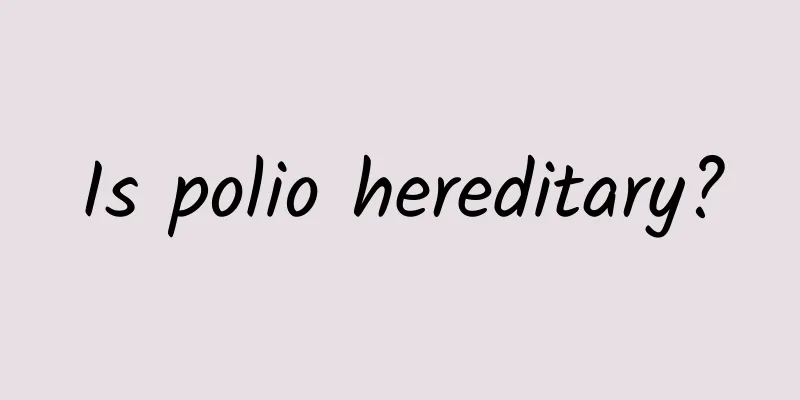What are the ointments for treating ADHD in children?

|
The treatment of ADHD in children mainly relies on oral medications, and ointments are not a mainstream treatment option. Currently, commonly used drugs in clinical practice include central nervous system stimulants, non-central nervous system stimulants, and auxiliary treatment drugs. For children with ADHD, it is recommended to use oral medications under the guidance of a doctor, combined with behavioral intervention and family support for comprehensive treatment. 1. Central nervous system stimulants are the first choice for treating ADHD in children. Representative drugs include methylphenidate and amphetamine. Methylphenidate improves inattention and hyperactivity symptoms by increasing the concentration of dopamine and norepinephrine in the brain. Amphetamine helps control impulsive behavior by regulating the release and reuptake of neurotransmitters. These drugs are usually used in the form of oral tablets or capsules, and the dosage needs to be adjusted according to the child's weight and the severity of the symptoms. 2. Non-central stimulants such as atomoxetine and guanfacine are also commonly used drugs. Atomoxetine is a selective norepinephrine reuptake inhibitor, suitable for children who are intolerant to or have poor effects on central stimulants. Guanfacine helps improve hyperactivity and impulsive symptoms by regulating adrenergic receptors. These drugs are also mainly taken orally and need to be taken for a long time under the guidance of a doctor. 3. Auxiliary treatment drugs include antidepressants and antianxiety drugs, such as sertraline and fluoxetine. These drugs are mainly used for children with ADHD accompanied by mood disorders or anxiety symptoms, and can help improve mood swings and behavioral problems. Auxiliary treatment drugs are usually used in combination with primary treatment drugs to achieve better treatment effects. 4. Behavioral intervention and family support are important components of ADHD treatment. Behavioral intervention includes cognitive behavioral therapy, social skills training and school intervention to help children learn to control impulsive behavior and improve social skills. Family support includes parent education and family therapy to help parents understand their children’s behavioral problems and provide effective management and support strategies. The treatment of ADHD in children requires an individualized plan. Parents should closely cooperate with the doctor's treatment plan, regularly evaluate the treatment effect, and adjust it according to the specific situation of the child. Through the comprehensive application of drug therapy, behavioral intervention and family support, the symptoms of most children with ADHD can be effectively controlled and their quality of life can be significantly improved. |
<<: What are the causes of patent ductus arteriosus in newborn babies?
>>: What tests can confirm ADHD in children?
Recommend
ADHD affects children's learning
The occurrence of diseases such as ADHD in childr...
Neurological examination of poliomyelitis
Polio is a common disease and an acute infectious...
What is the best thing for babies to eat if they have poor appetite? How can we stimulate their appetite?
An infant's loss of appetite is affected by v...
What are the symptoms of acute laryngitis in children?
What are the symptoms of acute laryngitis in chil...
What are the treatments for jaundice in adults?
Treatments for jaundice in adults include elimina...
Causes of Hirschsprung's disease
The causes of Hirschsprung's disease mainly i...
How to treat polio
Polio is an acute infectious disease caused by th...
What is the difference between pneumonia and bronchitis in children?
The differences between pneumonia and bronchitis ...
What is hand, foot and mouth disease? What should I do if my baby has hand, foot and mouth disease?
Hand, foot and mouth disease is a very fast-sprea...
How long does it take to treat hemolytic jaundice in newborn babies?
The treatment time for hemolytic jaundice in newb...
Treatment for post-polio syndrome
In life, polio is a common disease that brings se...
The difference between herpetic pharyngitis and hand, foot and mouth disease in children
The difference between herpangina and hand, foot ...
What Chinese patent medicine should children take for pneumonia
Now the temperature is gradually rising, and it i...
What causes trehalase deficiency?
There are many disaccharidases in the small intes...
What causes diarrhea in children?
Many parents have a question: they take good care...









